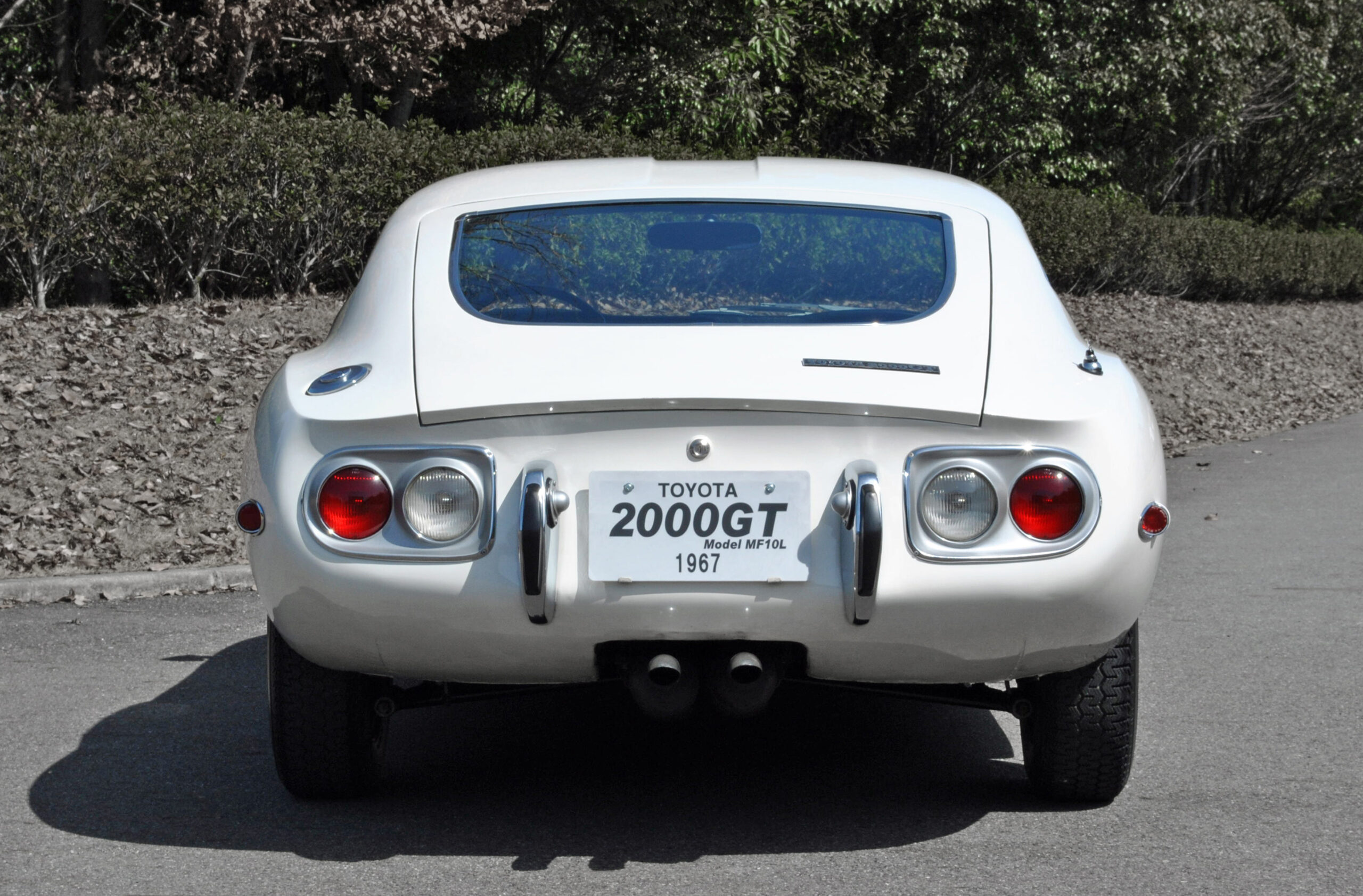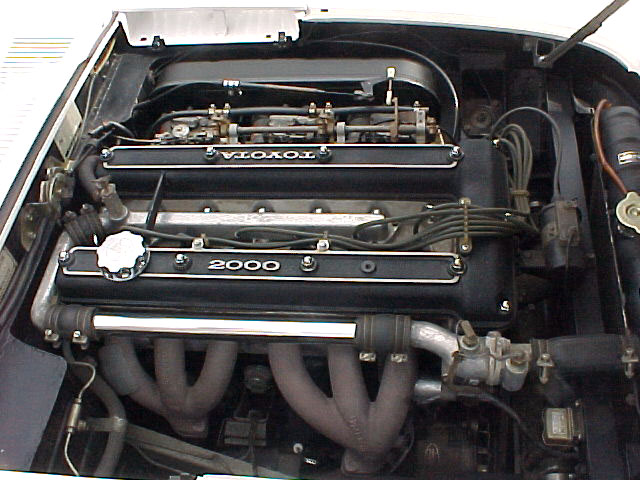Words: Robby Pacicco
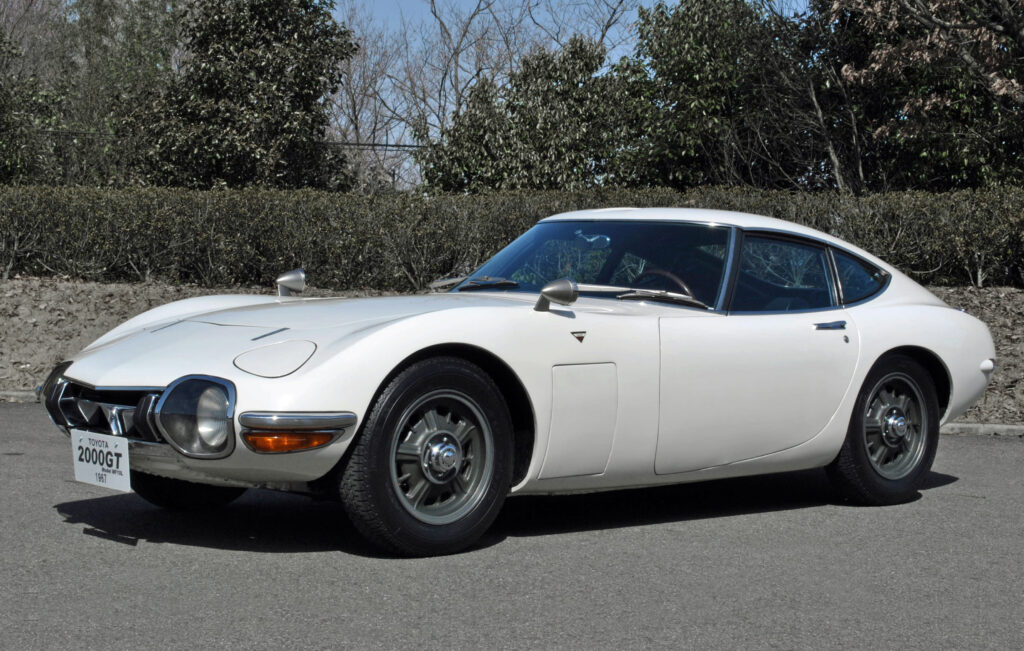
Among the orchestral symphony of the many automotive legends to exist, the 1967 Toyota 2000GT plays a solo as elegant and unforgettable as a Miles Davis trumpet line. Sleek, soulful, and almost too beautiful to be real, the 2000GT didn’t just change perceptions about Japanese cars, it redefined the melody of what a grand touring sports car could be. This was not an act of volume, but of nuance. The 2000GT wasn’t a guitar-smashing rock anthem like a Shelby Cobra. It was a jazz standard; sophisticated, unexpected, and timeless. It demanded you listen closer. With every design choice it proudly whispered to the entire world, Japan can do more than build economy cars.
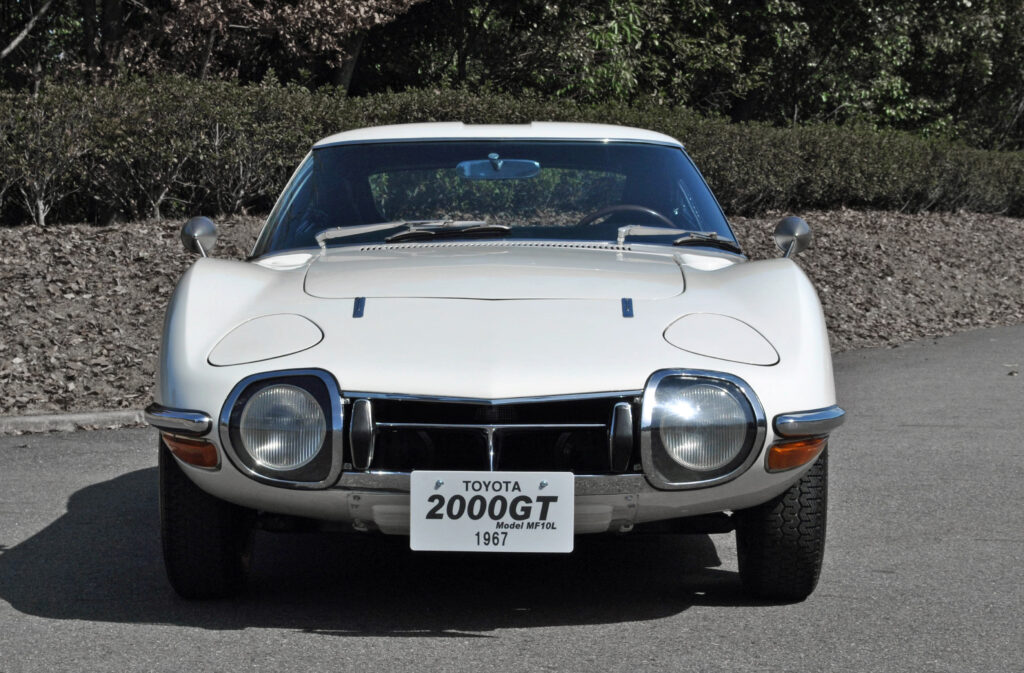
With Yamaha, better known at the time for crafting pianos and guitars as a significant collaborator, Toyota infused the 2000GT with a kind of musicality that no other car could claim. The engine wasn’t only engineered; it was tuned, refined, like a grand piano being perfectly prepared before a performance. The wood-grain dashboard carved by Yamaha’s artisans, didn’t just look beautiful but resonated with craftsmanship. A tactile reminder that this machine was created by hands which also knew how to manifest graceful balance within their instruments. Driving the six-cylinder 2000GT felt less like controlling a machine and more like conducting a Julliard School trained sextet. The gear changes clicked like snare hits in a tight drum solo. The engine’s rising pitch harmonized with the wind across the low windshield. Every corner wasn’t a challenge to conquer but a phrase to interpret, a passage to improvise.
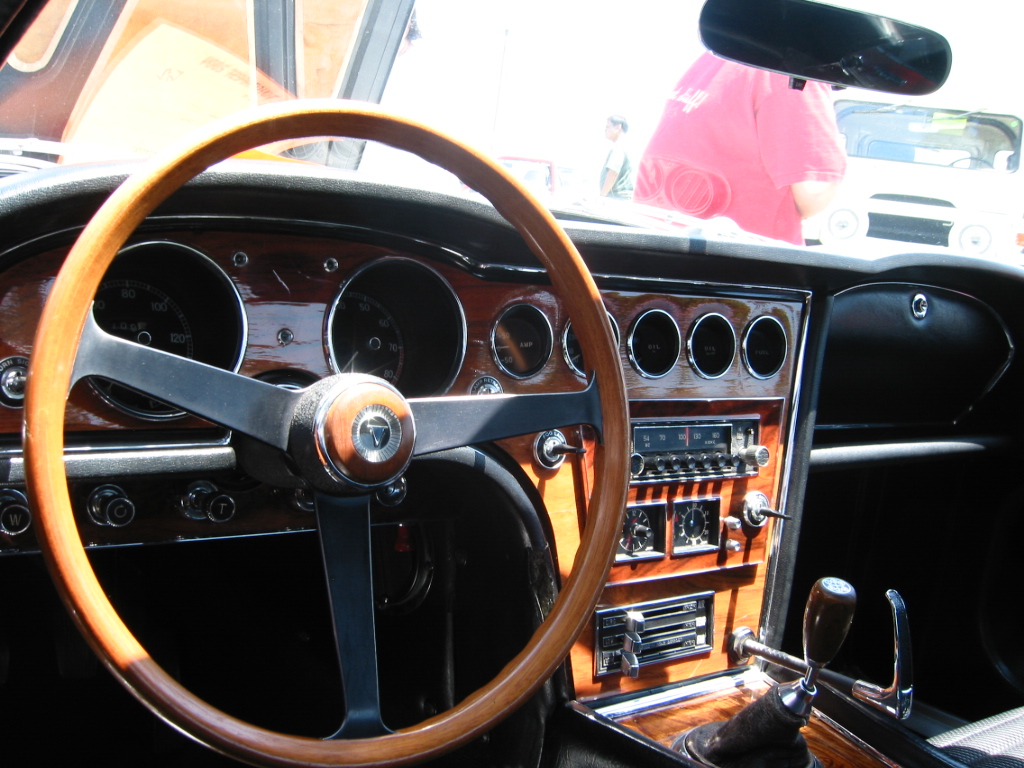
In an era dominated by brute force and big-block bravado, the 2000GT offered restraint and rhythm. Where American muscle cars roared in major chords, the Toyota sang in cool, complex minor scales. It didn’t need to be loud to be heard it simply needed to be experienced. Toyota’s definition of how experiencing the live performance surpasses the recording. Yet, despite it’s short three-year limited production run, the influence of the 2000GT would echo on for decades. Like a cult-favorite album that quietly shapes a generation of musicians, the 2000GT redefined what was possible, not just for Toyota, but for all of Japan. It was proof that performance didn’t have to come at the cost of beauty and that Japanese design could stand not just alongside the best in Europe but sometimes above it. The 2000GT set a rhythm that the world is still tapping its foot to today. Its impact was not only mechanical, it was emotional, cultural, practically spiritual. The 2000GT was the opening note of a new genre: Japanese automotive jazz, cool and composed, unafraid of silence, space, or subtlety. It told the world that performance didn’t have to scream, it could breathe, symbolizing a perfect pause between notes.
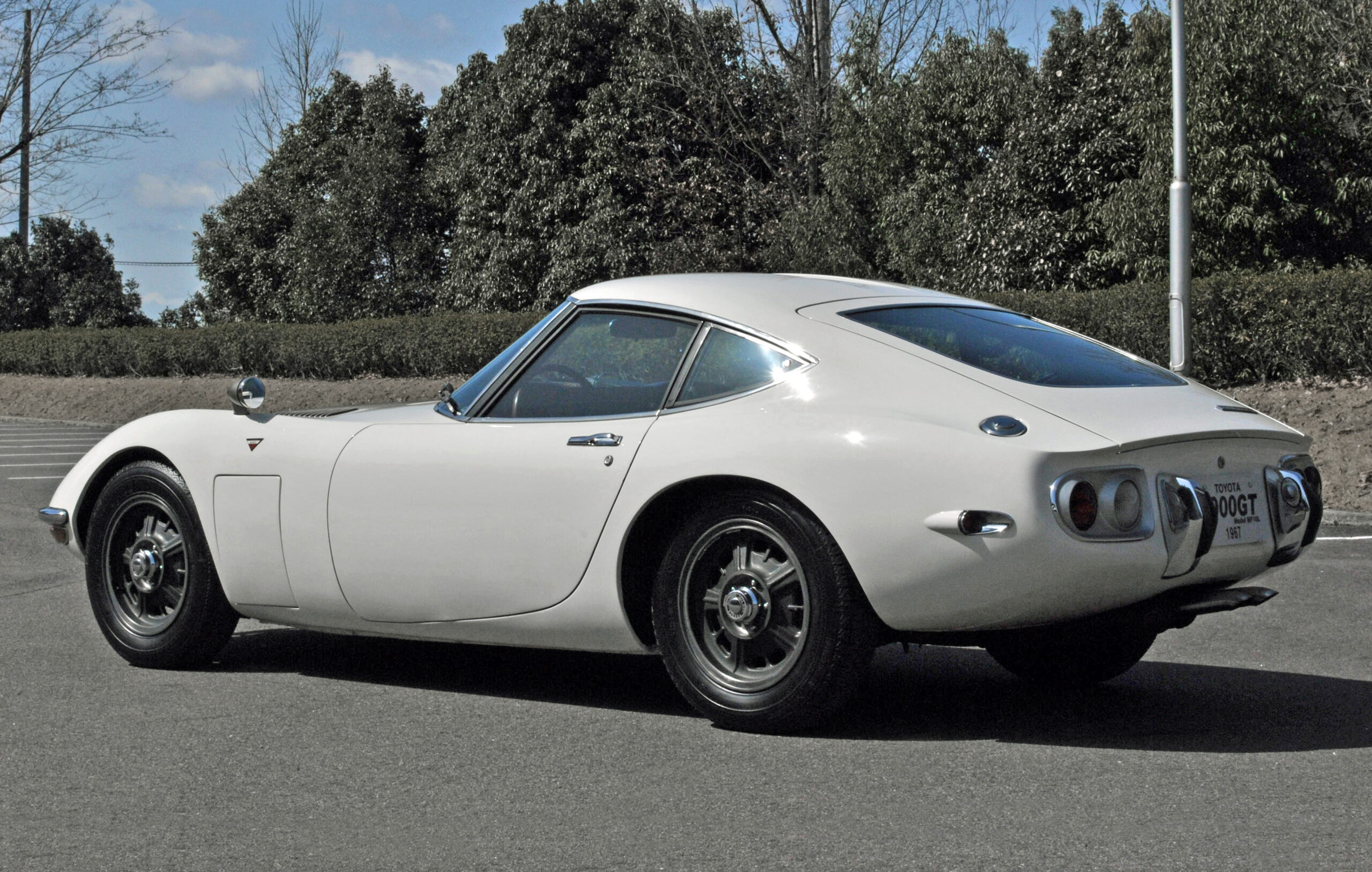
Although its sales numbers were modest with just over 300 units produced between 1967 and 1970, the car became a blueprint, a reference track. One needs only glance at the Datsun 240Z’s democratic approach to performance, the Mazda RX-7’s lightweight precision, the Honda/Acura NSX’s harmony between engineering and art, and the Lexus LFA’s wailing Yamaha tuned V10. Each of these cars owes something to the 2000GT, not just in design language or technical philosophy, but in confidence. This was the car that gave Japan permission to dream big, to swing for the fences, to chase Ferrari not just with passion, but with discipline. Then there’s the way the 2000GT continues to live on in visual and musical culture. The smooth, cinematic presence made it a natural fit for the screen most famously in James Bond’s You Only Live Twice, but it’s also become an enduring icon in digital art, album covers, anime openings, and synth-heavy YouTube car edits. Where a Countach screams excess and a Mustang growls rebellion, the 2000GT remains cool and composed, like a forgotten jazz B-side rediscovered on vinyl and suddenly understood as genius.
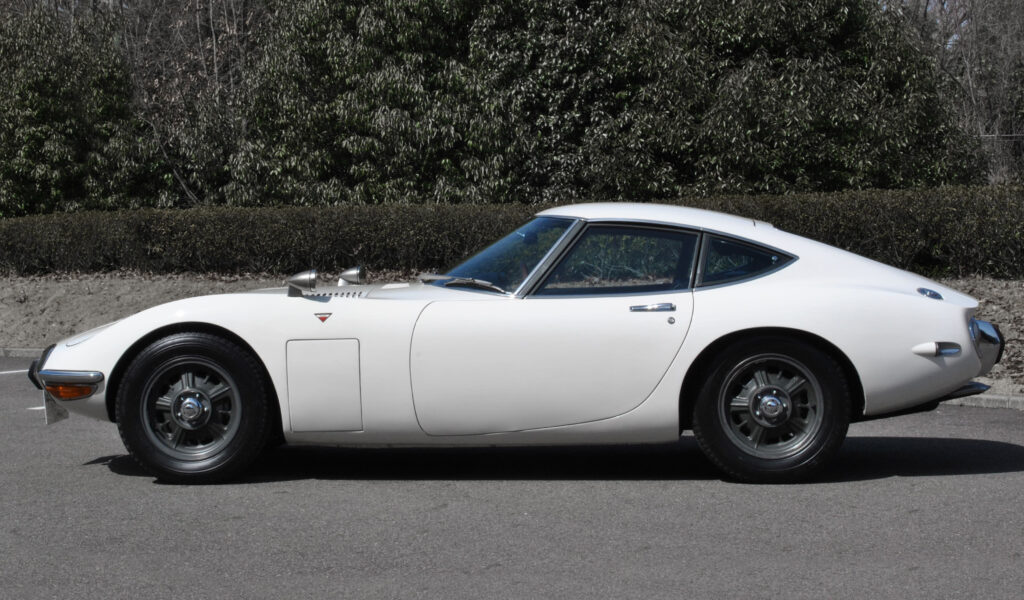
Collectors today treat it like a rare pressing, something you don’t just own, but preserve, study, revere. Each surviving model is a working time capsule, not just of automotive history, but of a mindset: a Japan that was emerging, daring to innovate, and determined to do things their own way. Perhaps what makes the Toyota 2000GT so enduring isn’t just its rarity or its aesthetics. It’s that it dared to combine emotion and engineering, passion and precision. It didn’t compromise. It improvised. Like any great piece of music, it didn’t need to explain itself, it just needed to be heard. The Toyota 2000GT wasn’t just a car it was a statement, a carefully composed masterpiece that turned the global automotive world on its ear. In an era dominated by brute force and noise, it proved that grace, precision, and vision could be just as powerful. It didn’t try to outshout its competitors—it simply outplayed them, note by note. From its Yamaha-crafted wood interior to its flowing silhouette and symphonic engine note, the 2000GT was Japan’s love letter to driving, a ballad of possibility and ambition. Like the best jazz, its brilliance wasn’t always immediately understood. It took time. Yet those who listened closely heard the future. Today, the 2000GT stands as a monument to what happens when craftsmanship meets courage. It inspired generations, shifted paradigms, and still moves people not just down roads, but emotionally. It remains a reminder that sometimes, the most unforgettable performances aren’t the loudest but the most soulful. Because the Toyota 2000GT didn’t just keep up with the legends, it became one.
